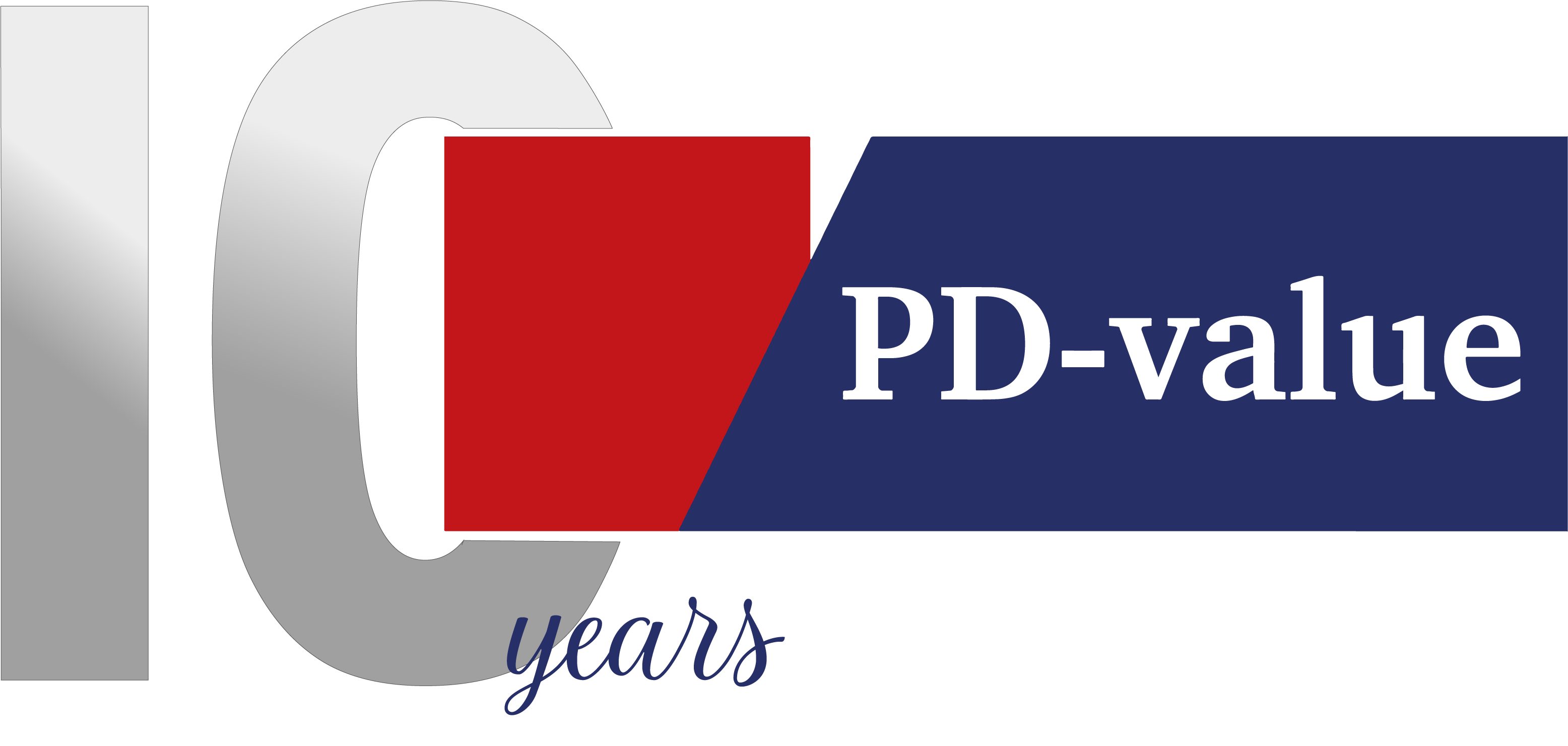If you are following me on LinkedIn, you might have seen my journeys for attending Systems Biology conferences. After such a long period of limited interaction, I felt like reconnecting and catching up with the scientific community was what I needed. And I was in for a treat!
Like everyone else I followed the online events during the pandemic, it was not optimal but kept us up-to-date and connected. However, recently I had the chance to attend the International Study Group for Systems Biology and International Conference on Systems Biology in person. I cannot go through all the presentations, which I may add were world-class, but I want to share with our readers a bit about the trends and developments I’ve seen at these conferences, especially in case you haven’t found the chance to attend them yourself in person.

I will get to the trends in a minute, but first I want to mention one thing that has struck me. The amount of work that goes into the systems biology field is immense. I agree that hard work and dedication are common in research in general. However, I think there is more going into this field at the moment. I believe this is mainly because the field is relatively novel and certain amount of validation is expected before utilizing systems biology models. The second component is historical. Systems biology community is working on establishing in-silico work in a field that has been dominated by hands-on experimental work for more than 100 years. Also, there are direct implications on life, human and animal health and the environment. Then, it is not so surprising that the research community is very diligent about having validation of the in-silico work which makes scientists’ work in this field a lot harder. I believe we will see the impact of this hard work and dedication within our lifetime, and the next generations surely will be happy that this part of the work is done and accumulated in our collective knowledge. So, I want to thank all the scientists in our field after seeing their tireless work and dedication, at least on my behalf.
The other thing that positively surprised me so much is that many research groups from oncology, infectious diseases and metabolic diseases, for example, now implement their own systems biology or in-silico approaches in their research programs. Even more exciting, the majority of the time they built in-house capabilities. Of course, sometimes they collaborate with systems biology research groups. The other way around is also trending. A lot of the systems biology groups are collaborating heavily with the experimental groups much more than before, according to my observations. Although the idea of systems biology is performing the bulk of the analysis in a computer environment, I think the current approach to have more validated and precise models makes enormous sense for the time being. Maybe a good point to mention here is that majority of the time, these models are written in a reusable and open source manner for the scientific community’s and public’s use . Naturally, they do not fit all occasions, but with some effort, they can be customized towards the needs of the particular research question or project. Therefore, having these validated models available opens up many opportunities not only for other academic groups but also clinicians and drug developers.
While we are on the topic of clinicians, I was delighted to see how far we have come with the clinical utilization of the systems approaches and systems biology models. It was terrific to see clinicians presenting their – or their group’s – models with a clear understanding and regular use. This is an excellent example of how practical systems approaches and systems biology models can be. Traditionally, clinicians do not have too much affinity with systems approaches through their training. However, it was clear that more of them see the benefits and efficiently utilize the models in their therapy design or decision-making. We must appreciate how dedicated these doctors are as they work on implementing these approaches on top of their routine clinical workload and research. Therefore, I appreciate this a lot, not only as a person in this field, but also as a member of society, as I am a firm believer in the ability of systems biology to improve therapy design in the clinic. I trust the stratification and precision will increase immensely in the coming years, making therapies more successful and improving treatment outcomes and survival.
Another recurring trend has been the efforts to create digital tumor (micro)environments. These are multi-scale models that try to imitate the real-life tumor (micro)environment. The aim is to understand the tumors better, so better treatments can be developed and applied. It is possible to perturb these model systems and make decisions according to the system’s response, say, to a drug in the computer environment. Then it is possible to provide a therapy that best fits that particular patient or patient group. Another aim is also to eventually achieve precision or personalization by using these models and optimizing the parameters for each patient or patient group. This is, I think, a component of the aim of systems biology to achieve organism-level modeling. I don’t think anyone can guarantee that we will accomplish this grandiose aim in our lifetimes, or ever for that matter, but it surely is a motivating aim that keeps many scientists, young and wise alike, going, as well as enthusiasts like myself.
I think I can safely conclude that the outlook is very positive for systems biology. Part of my optimism comes from the positive impact systems biology already started having on patients’ lives.
It also makes me incredibly happy to see systems biology now done in a more collaborative environment with close contact with experimentalists and clinicians contributing directly to the therapy and drug development, and patients’ health. I look forward to seeing even more impact coming from this field in the clinic and drug development process.
I hope you enjoyed reading our blog post about systems biology, where we looked into recent trends and developments in Systems Biology approaches and beyond. Follow us for more blog posts like this one and news about us and our field. If you are a pharmaceutical industry researcher who wants to learn more about systems biology, systems pharmacology and their implementation in (pre-)clinical studies, Click Here to email us to get a consultation.
November 28, 2022 – Basak Tektemur-Altay
